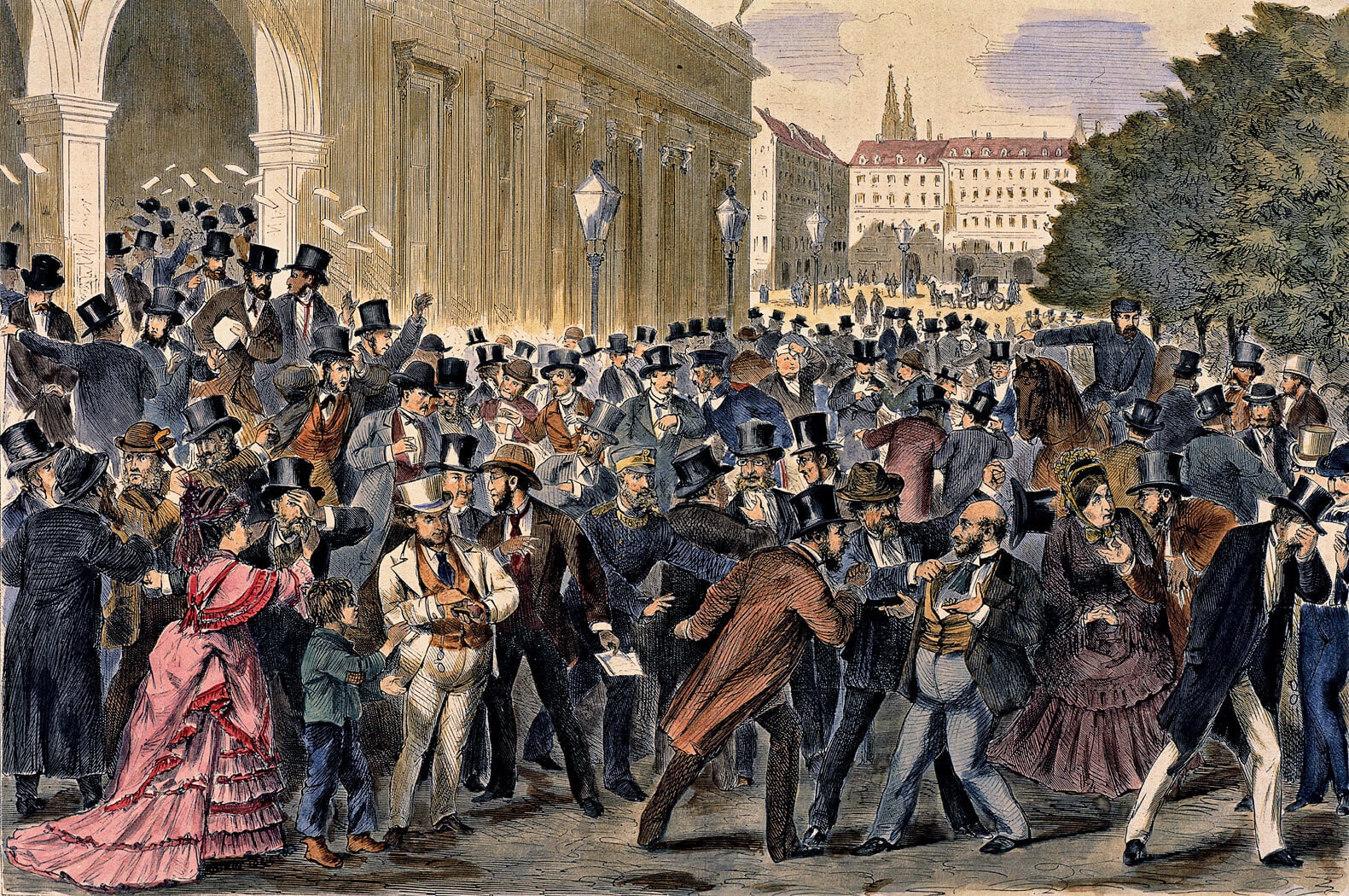What does data tell us about the gig economy?
Stay up to date:
Economic Progress
This article is published in collaboration with the Washington Centre for Equitable Growth.
If headlines on websites and anecdotes from residents of major urban areas were evidence, the rising importance of the gig economy would be without doubt. But the plural of anecdote isn’t data. Amid the growing hype about “sharing economy” companies such as Uber, Airbnb, and TaskRabbit, analysts have gone to the available data to see if this trend is actually important for the overall economy. The evidence so far has been less than kind to the excitement over the immediate transformation of the U.S. labor market into a gig economy. But even if these companies end up being important players in the years to come, they certainly are not the catalyst of radical change right now.
The first place analysts turned to in order to evaluate the gig economy was survey data—specifically, data from the U.S. Bureau of Labor Statistics. Josh Zumbrun and Anna Louie Sussman of the Wall Street Journal and Adam Ozimek of Moody’s Analytics took a look at the BLS data and found no evidence of an increasing amount of workers registering as self-employed or freelancing, or even that these workers make up a large share of the nation’s labor force. The share of U.S. workers that are self-employed is about 6 percent, according to one BLS data series.
A study by the Freelancers Union and Upwork last year, however, found a much larger role for self-employment. The study claimed that 53 million workers, or about a third of all U.S. workers, were freelancers in 2014. That’s a headline-grabbing number, but as Larry Mishel of the Economic Policy Institute shows, the data are a bit overstated. In short, the study considers anyone who made any money outside of a traditional employment situation a “freelancer,” but doesn’t consider whether that work is the person’s main source of income. Only about 35 percent of the study’s “freelancers” are independent contractors who support themselves through independent work. That group of workers only makes up 12 percent of the workforce.
Another way to look at this question is to look at tax data on contractors. The kind of tax form generated by a working relationship—a W-2 for traditional employment and a 1099 for contract work—can give an estimate of the relationship between the two kinds of employment. In a new paper for the Mercatus Center at George Mason University, Eli Dourado and Christopher Koopman look at the trends in the number of these forms using data from the Internal Revenue Service. They find that, since 2000, there has been a significant increase in the number of a certain kind of 1099 forms (1099-MISC) as the growth in W-2 forms has stagnated. The absolute number of W-2 forms is still much larger, however, than the number of 1099s. Other research has found a similar trend.
What’s particularly interesting about the trend Dourado and Koopman find is that it starts around the year 2000. The sharing economy companies didn’t get started until at least eight years later. That means the rise of sharing economy companies follows rather than causes the bulk of the increase in independent contracting. Dourado and Koopman point out that business dynamism—the rate at which new businesses are started—began to decline around 2000 as businesses stopped creating jobs at the rate they once did. These new gig-based or sharing economy businesses seem to be seizing the opportunity created by a structural change in the U.S. labor market rather than causing it.
Where does this leave us on the importance of the gig economy? The data show that independent contractors won’t become a major share of workers anytime soon. And while the number of contractors may have increased in recent years, sharing economy companies aren’t the likely cause. If we want to understand this trend, perhaps we should change the focus of our investigations.
Publication does not imply endorsement of views by the World Economic Forum.
To keep up with the Agenda subscribe to our weekly newsletter.
Author: Nick Bunker is a Policy Analyst with the Washington Center for Equitable Growth.
Image: The logo of car-sharing service app Uber on a smartphone over a reserved lane for taxis in a street is seen in this photo illustration. REUTERS/Sergio Perez.
Don't miss any update on this topic
Create a free account and access your personalized content collection with our latest publications and analyses.
License and Republishing
World Economic Forum articles may be republished in accordance with the Creative Commons Attribution-NonCommercial-NoDerivatives 4.0 International Public License, and in accordance with our Terms of Use.
The views expressed in this article are those of the author alone and not the World Economic Forum.
Forum Stories newsletter
Bringing you weekly curated insights and analysis on the global issues that matter.
More on Economic GrowthSee all
John Letzing
July 17, 2025
William Dixon
July 16, 2025
Aengus Collins
July 15, 2025
Guy Miller
July 15, 2025
Aaron Sherwood
July 15, 2025
Heba Chehade and Rene Rohrbeck
July 15, 2025





